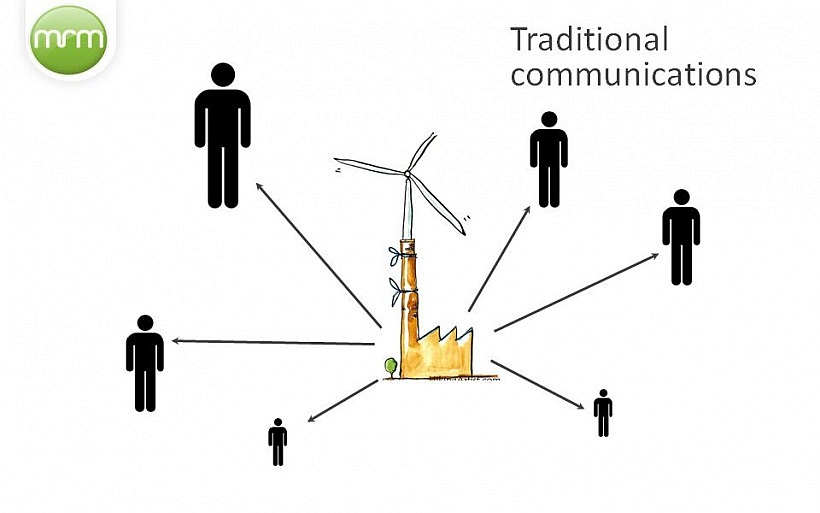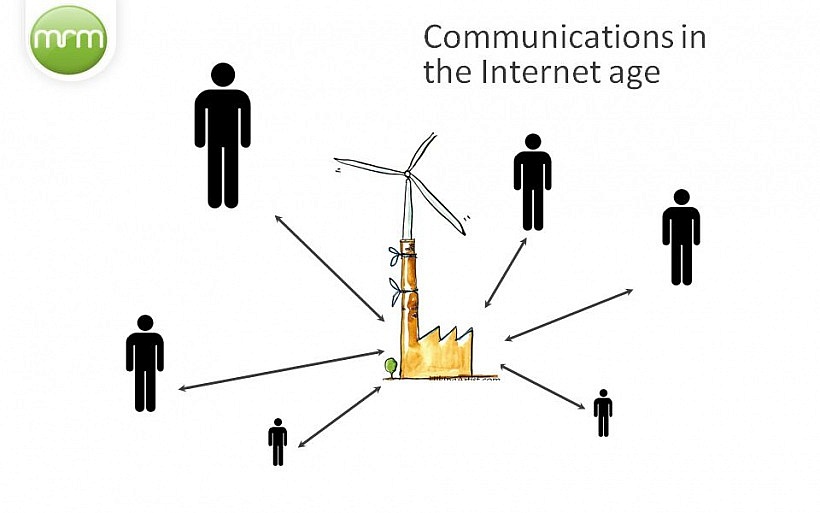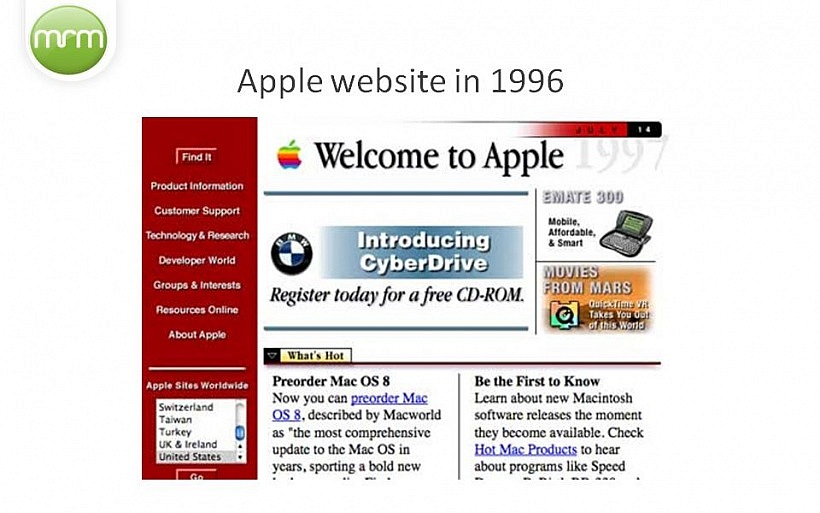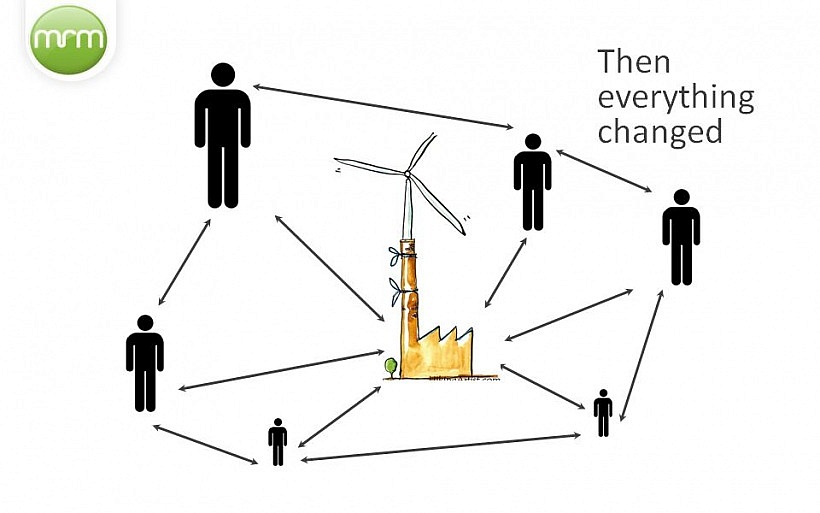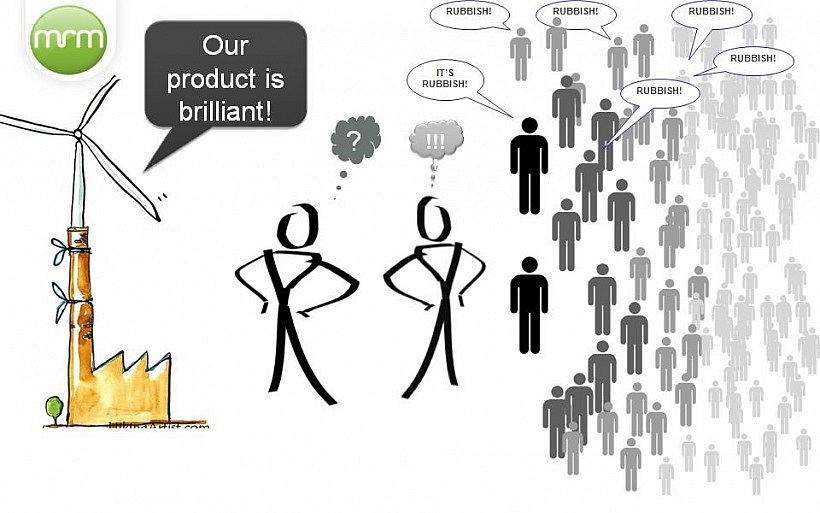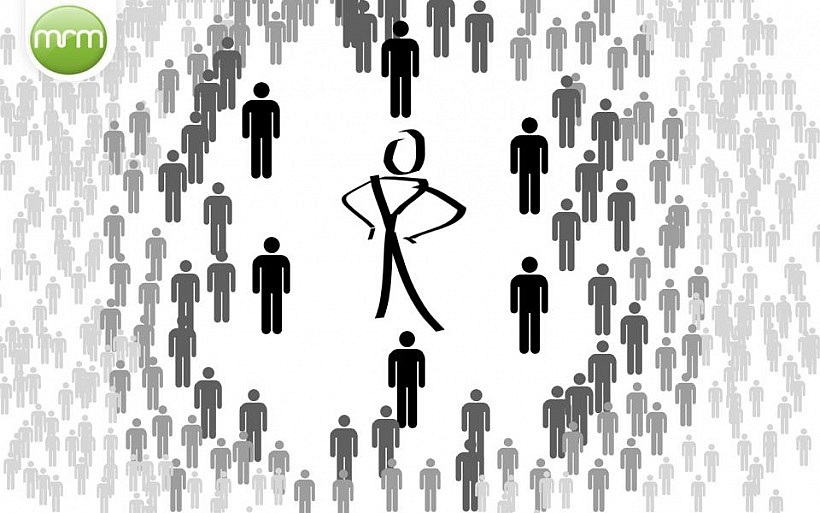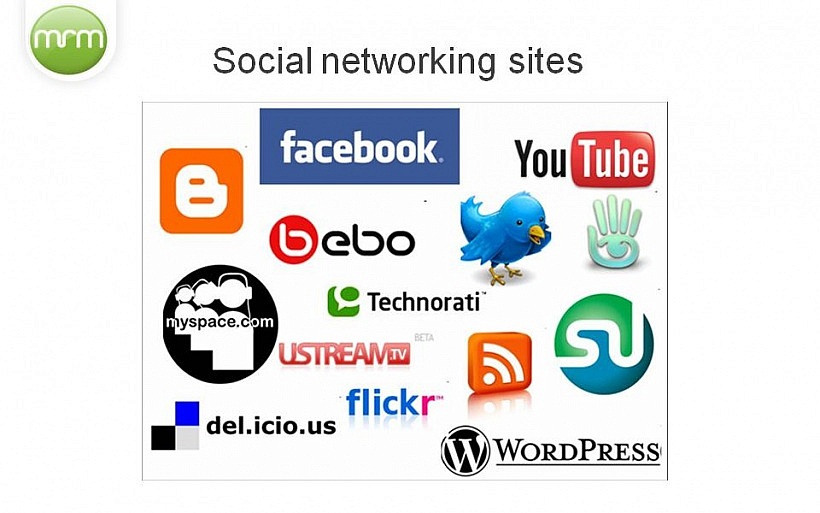How the social web has choked traditional marketing
There was a time when people would walk past a huge, colourful billboard with Coca Cola emblazoned all over it and think “Oh look – that’s nice; I must buy a bottle of Coke”. And that’s exactly what they did.
Marketing was that simple. It was about creating as much noise as possible to raise awareness about your product and hoping people would buy it because it was on their minds and looked kind of nice.
Why? Because there was no other way of interacting with brands. They shouted; you (sometimes) listened and (occasionally) bought. The more noise they made, the more attention they captured, the more sales they made.
This was the heyday of mass marketing, where the medium with the biggest audience was king – the Sun newspaper, the Radio2 interview with Terry Wogan, the FA Cup final half-time advert.
And on and on it went: companies spewing out more and more propaganda about their products as we consumers passively sucked it up.
It looked like this, a one-way flow of communication:
And then, some time in the mid-1990s, came the internet, both the panacea and the poison for noisy marketers. At first, it seemed to be a force for good. Brands could at last interact with their prospective customers with polls, conversation rooms, ratings and reviews. Wow, this was meaningful two-way conversation – proper relationships were possible.It looked a little like this:
Here’s Apple’s first go at a website in 1996 (have a look at the link to see the difference now):
See how people could join in and leave comments in the groups/discussion area on the left hand side?
But there was a rub. Because people started to realise that if they could talk to a brand, they could complain about its products and services, ask tricky questions about its profits and losses and generally make off-message statements right where the brand didn’t want them – on its own website. Companies discovered that having two-way conversations meant they didn’t get to control all of it. In fact, they only got to control their part of it.
So brands began doing what we now know you should never do. They deleted the comments they didn’t like, despite having invited those comments in the first place. They over-moderated forums. Wherever they could, they controlled what saw the light of day and what didn’t. In other words they wrested back control of the conversation. Or that’s what they thought they were doing.
I don’t have to tell you what the response of the masses was to this.
They didn’t like it, wouldn’t tolerate it and didn’t want any part of it. But that wasn’t the end of it – because the internet was by now all around us and its power, technology, and participation levels were growing every day. It was mainstream.
So people began to use it for many, many other reasons than to interact with businesses. They joined clubs, reviewed films, arranged dates and – let’s be honest – looked at a shed-load of porn. But they still wanted to talk about the products and services they used every day, from their Nike trainers to the number 43 bus. And that’s what they did.
The quality of two-way conversation with the providers of those services was so poor we began to look to each other for information and opinions we needed to inform our spending. Pretty soon, most big companies across the globe were facing the reality that there was as much knowledge and expertise about their products and services outside their firms as there was within.
So not only had they lost control of conversations about their brands – they often weren’t even involved. There was no use them pasting up a huge colourful billboard anymore – or a newspaper ad or some key messages in a radio interview – that just didn’t do the job on its own. Yes, it still grabbed attention (although less of it), but people would just ask each other about what they’d seen or heard. “Hey, have you tried that new type of Coke? What’s it like? What, it rots your teeth?”
Suddenly, the message coming out of businesses about their products had to be truthful, authentic – not exaggerated or deceitful. If you lied – “Hey, look what I’m selling; it’s wonderful!” – and it was a pile of crap, you’d get found out. People would never just take your word anymore. They’d ask people who knew, people they trusted, people on the internet. Bull**** stopped working.
And the more people interacted with other people, the more solid and meaningful their online networks became. We suddenly had huge three-dimensional webs around us that we built, nurtured and tailored around our own interests and aspirations. The internet started being completely and utterly about relationships: weak ties, strong ties, helpful friends, amusing strangers.
These seismic shifts in communications created this key difference: people went online in the past to see things, experience things, and search for things. Today, we go online to be connected, to be available and to be a part of other people’s conversations, the conversations that matter to us.
It became almost entirely about human relationships and marketing had to be about people too…not products. Companies that were selling something had to understand how it might be relevant to a customer’s life; how it could solve a problem or fulfill a need. They had to understand a customer’s buying motive, rather than presuming everyone wanted their product for the same reason.
Before, the appearance and presentation mattered, the crafting of the message was paramount, the product was everything. Now marketing is not about objects, it’s about people, and how it brings people together. People have taken over completely.
Some brands grasped this pretty quickly.
Apple, for example, emerged last decade as the market leader in MP3 players because the brand communicated (and still does) as much about its beliefs – beliefs it knows consumers share – as its products.
When you buy an iPod, you are aligning yourself with a brand that believes in beauty and simplicity – the things you believe in – not because of the battery life or price. Owning your iPod affirms your view of how the world should be. Apple thinks first about people when it brings its products to the market, not the product.
The shift from things to people was what created these:
And they are now the fabric from which the internet is made.
At first, social networks caused swathes of the advertising, marketing and communications industries to fly into a blind panic. Some went into a wild frenzy to come up with ideas of how to regain the power to impress people on the internet. To ask this is to misunderstand the changes that have taken place. The old way of pushing out shiny marketing and advertising won’t – on its own – work anymore. Going on Facebook isn’t solving the problem. Creating a Twitter account isn’t the way to make your products look prettier. Putting your ads on YouTube won’t change things.
Just look at Michelin. They uploaded a ludicrously expensive advert to YouTube, rather than showing it on TV. After 10 days it had an insignificant 6,780 views, which for a company this size is poor (they have 177,500 employees). A year later it has only 90,000 views. They should have just put it on TV.
Marketers must accept that people will never revert to passively soaking up nuanced messaging and spending, spending, spending like good little consumers. People will dislike you if you interrupt them with your marketing when they didn’t ask to see it. They’ll resent you if you fail to understand that they look to their networks for advice and recommendations about your products, not to you.
If this blog has made you worried, made you want the social web to go away and never return; it shouldn’t have. In fact, the internet is the best thing that ever happened to businesses. As long as you provide a valuable product or service, as long as you don’t fib or distort the truth and as long as you stop trying to use it to do traditional, one-way, push marketing. If you pay attention to those rules, you will have the most powerful and influential communications tool ever conceived of dancing to your tune.
So if you can’t market AT people, how do you get involved?
Simple – you get some of this:
That starts with entirely changing your own view of yourself. You don’t just sell something, you exist to make people’s lives better. And you aren’t marketing that thing – you are SHARING it with people who will benefit from it. When they start to benefit from it, you stick around to show them how they can get even greater value from it with a tweak here and there. Then, when you’ve made their lives better, your job is to help them tell the story of how it did that, to make them feel special.
If you do that people will want to hang out with you. They’ll invite you into their conversations and into their lives. You’ll make them feel more valuable because you’ll equip them to help their own friends and connections. You’ll have permission to tell them about your stuff.
And that’s how to do business on the social web.


